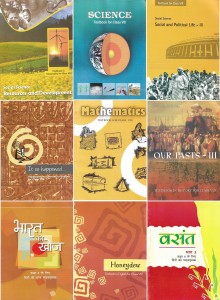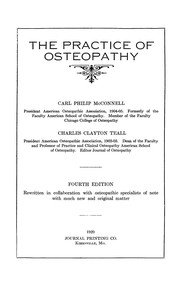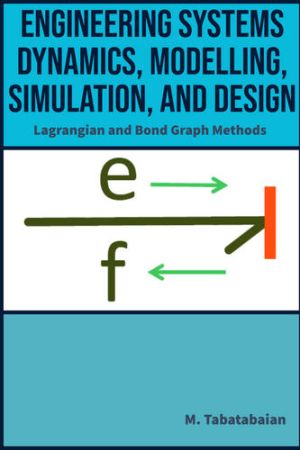New Seismic Data Challenges Earth's Inner Core Structure, Reveals Surprising Findings
Recent seismic data from 121 earthquakes recorded over three decades challenges previous beliefs about Earth's inner core. Researchers from the University of Southern California discovered structural changes in the core, suggesting it may not be as solid as once thought. These anomalies, observed while studying the core's slowing rotation, could offer new insights into Earth's magnetic and thermal fields, as well as variations in the planet’s rotation. The findings have the potential to reshape models of Earth’s internal structure and behavior, prompting further research.

New research suggests that Earth's inner core may not be as solid as previously believed. Scientists studying seismic waveforms have discovered structural changes in the core, which challenge long-held assumptions about its composition. This discovery emerged while researchers were examining the inner core's slowing rotation. The seismic data, gathered from multiple earthquakes over three decades, indicated unexpected wave behaviors. Experts believe these findings could provide new insights into Earth's thermal and magnetic fields, as well as subtle variations in the planet's rotation.
Seismic Data Reveals Core's Malleability
According to the study published in Nature Geoscience on February 10, researchers from the University of Southern California (USC) analysed seismic data from 121 earthquakes that occurred between 1991 and 2024. These earthquakes were recorded across 42 locations near the South Sandwich Islands. While initially focused on the core's rotational slowdown, the team observed anomalies in the waveforms, prompting further investigation. The research led them to conclude that the inner core might exhibit more movement and structural variation than previously understood.
Expert Insights on Core Behavior
John Vidale, Dean's Professor of Earth Sciences at USC Dornsife College, told in an official release that an unusual seismic dataset stood out while analysing decades of records. He noted that the data revealed physical activity in the inner core, suggesting it is not entirely solid. Enhanced resolution techniques helped confirm these observations. Researchers believe the structural changes could be linked to the core's slowing motion, which might even slightly affect the length of a day.
Implications for Earth's Magnetic and Thermal Fields
Experts suggest that these findings could improve the understanding of Earth's internal processes, particularly its magnetic and thermal fields. The discovery may refine existing models of the planet's structure and behavior. While more research is needed, the study offers a fresh perspective on the inner workings of Earth's core.












)

























































